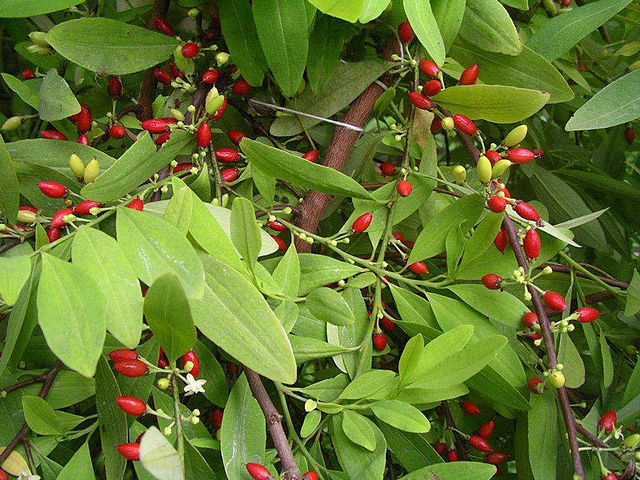Colombia sets coca crop substitutions goal of 1,000 square km in four years
However, the state reneged on deals reached with rural communities involved in the National Program of Substituting Illicit Crops (PNIS), Tascon said, adding the program needs to eliminate bureaucratic obstacles if it is to be successful. Prior to Petro taking over the presidency, anti-drugs policies in Colombia were focused on destroying coca crops.

- Country:
- Colombia
Colombia is aiming for the voluntary substitution of 100,000 hectares (1,000 square kilometers) of coca drug crops over the next four years, amid a change in policy that favors seizing drugs over destroying illicit cultivations, a high-ranking government official said on Thursday.
Colombia ended 2021 with 204,000 hectares of coca - the chief ingredient in cocaine - with a potential output of 1,400 metric tons of the drug, according to the United Nations Office on Drugs and Crime (UNODC). The UNODC has not yet published figures for 2022.
Drug trafficking has fueled Colombia's internal armed conflict, which has run for six decades and has killed more than 450,000 people. Leftist President Gustavo Petro has advocated seizing cocaine shipments, destroying drug labs and going after gang leaders over destroying coca crops and arresting those cultivating the plant.
Felipe Tascon, the director of the government's illicit crops substitution program, said Colombia and the U.S. had committed to replacing 50% of 2021 crop levels. "Everyone says this goal is crazy," Tascon said in an interview in Bogota. "If you look at it as a policing issue, coercing people, it's impossible. If you look at it as an economic issue, about giving economic opportunities to those families to produce something else, it's achievable."
Falling coca prices in Colombia, caused by oversupply and slow growth of cocaine trafficking routes, among other reasons, are contributing to food insecurity in the Andean country, according to the UN World Food Programme. Coca crops can be substituted for coffee, chilies, fish farms and infrastructure projects, among other options, Tascon said.
Following a 2016 peace deal between the state and the now-demobilized Revolutionary Armed Forces of Colombia (FARC), some 46,000 hectares of coca were voluntarily substituted for legal crops, Tascon said. However, the state reneged on deals reached with rural communities involved in the National Program of Substituting Illicit Crops (PNIS), Tascon said, adding the program needs to eliminate bureaucratic obstacles if it is to be successful.
Prior to Petro taking over the presidency, anti-drugs policies in Colombia were focused on destroying coca crops. A record 130,147 hectares were destroyed in 2020.
(This story has not been edited by Devdiscourse staff and is auto-generated from a syndicated feed.)










